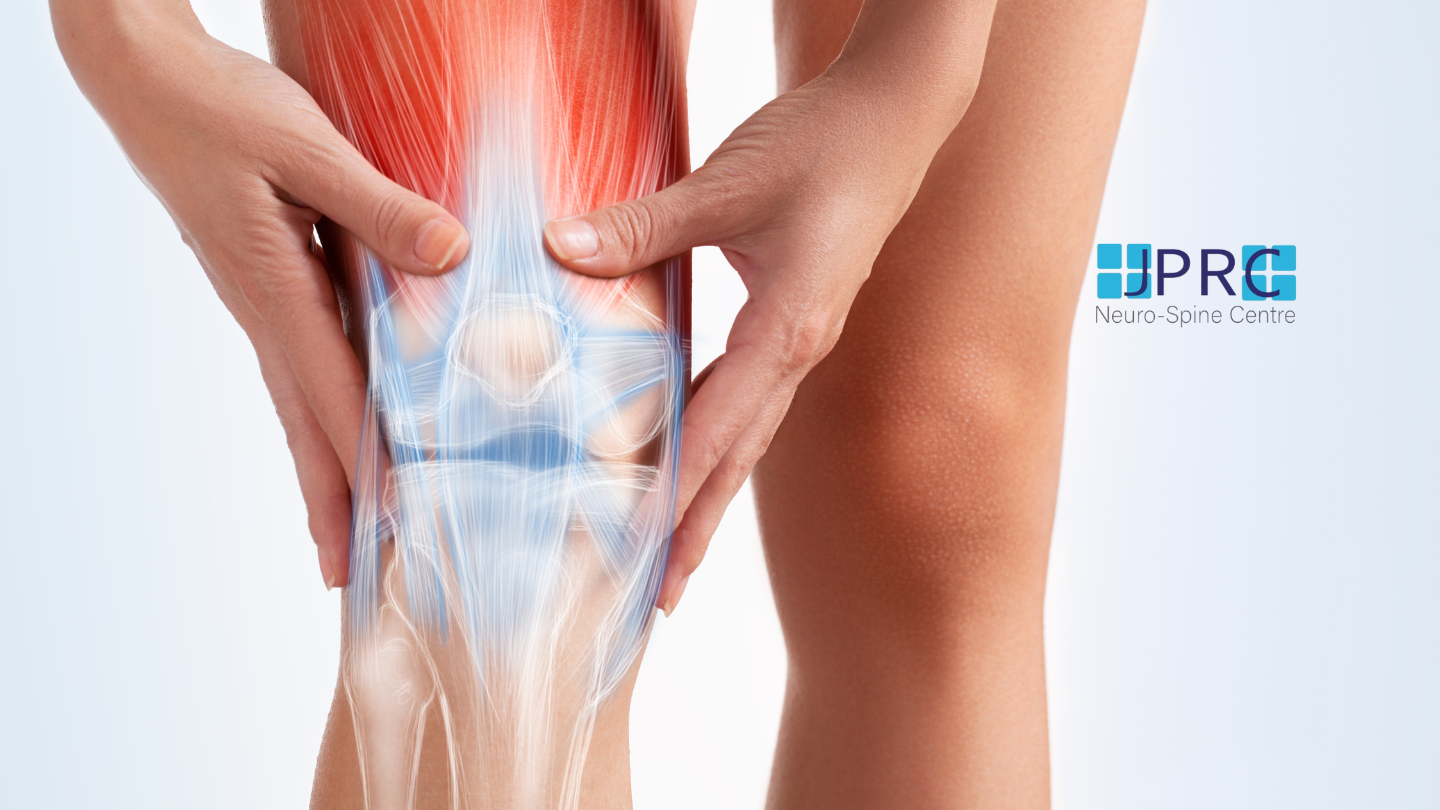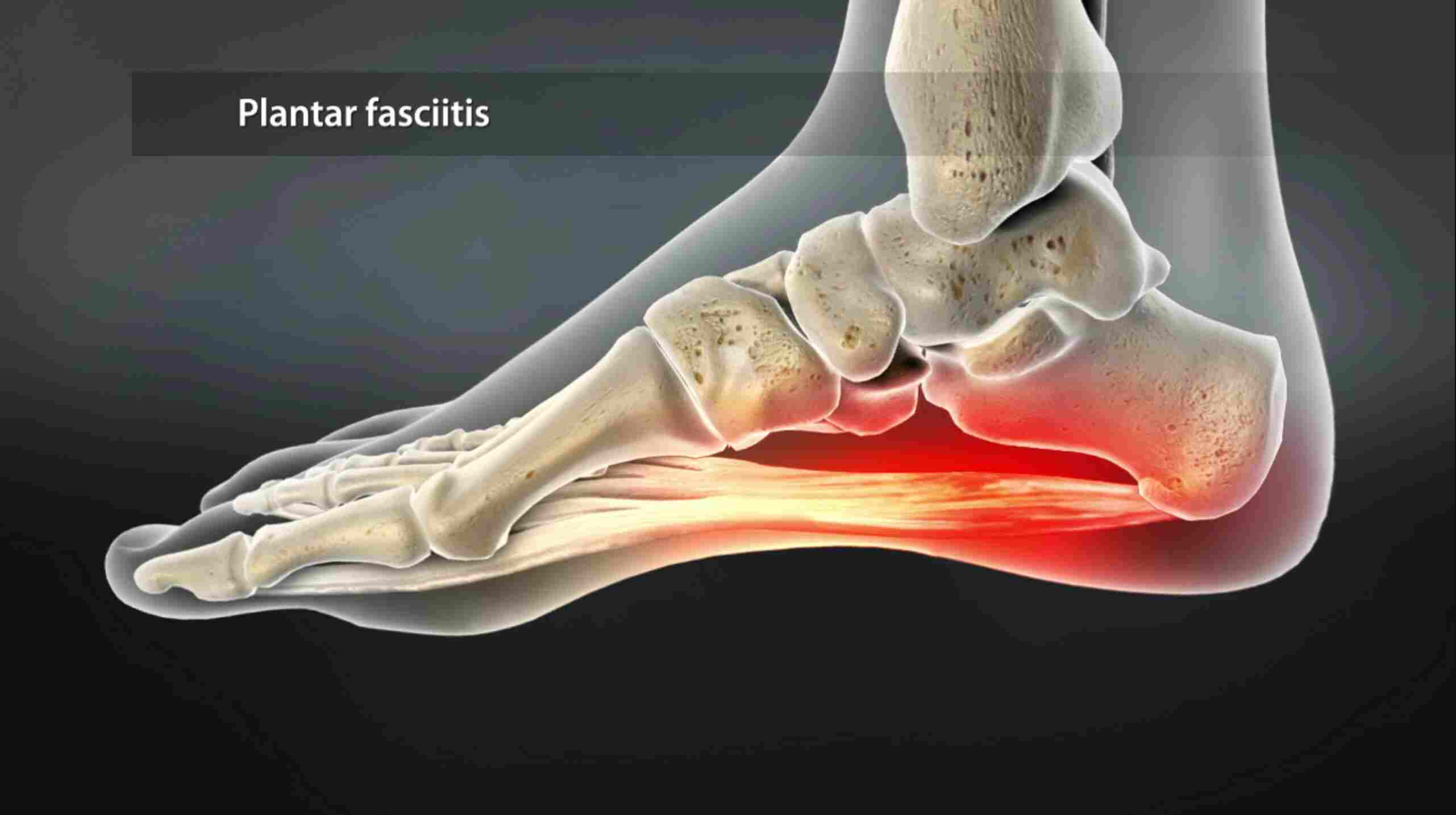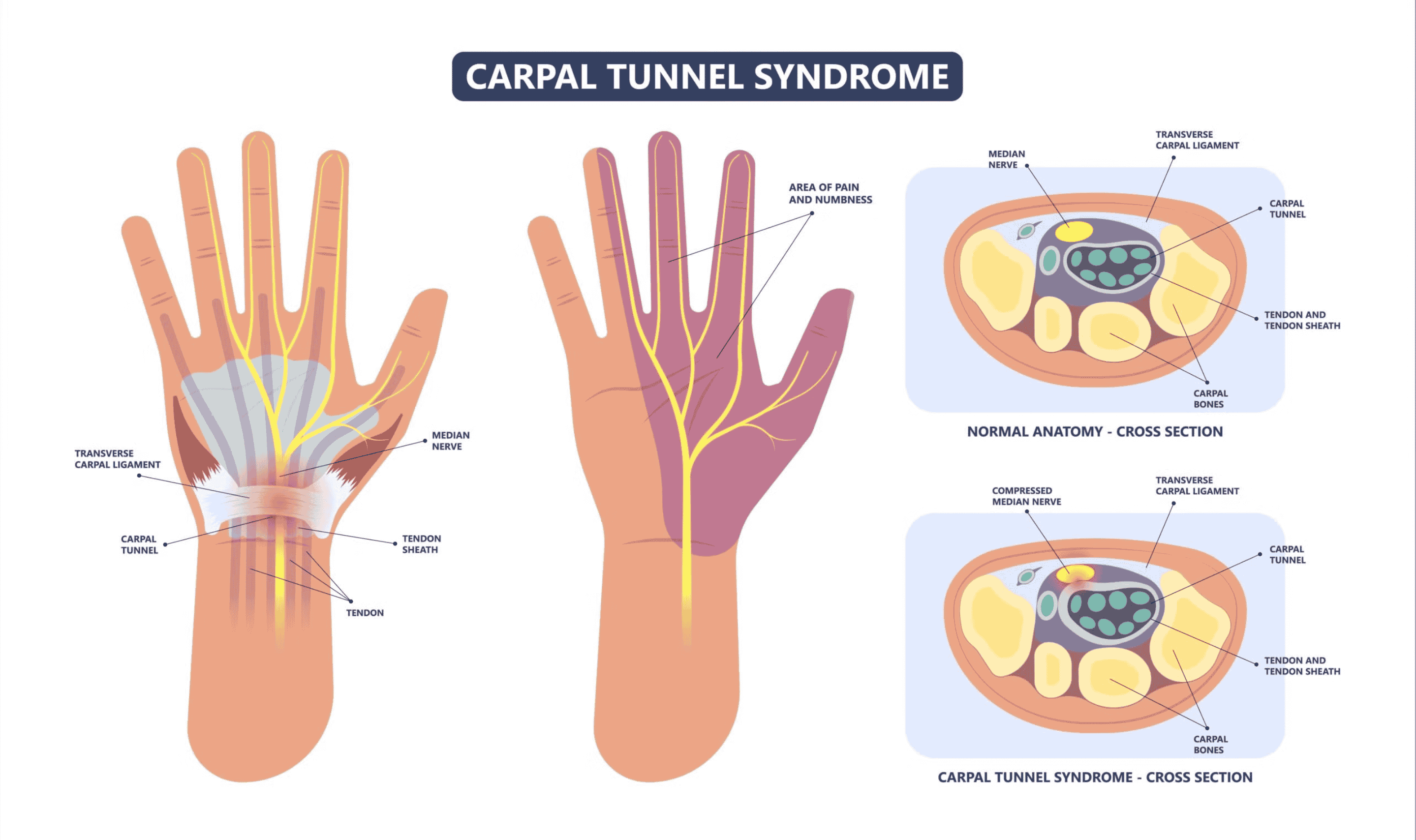Shoulder Impingement Syndrome
The word impingement refers to something that is getting pinched or rubbed. A condition characterised by pain and irritation in the shoulder area is caused by rubbing the shoulder blade, also called the acromion, with the rotator cuff, which is situated below it. While an individual uses rotator cuff muscles to raise the arm over the head, rotate the arm outwards, and also take the arm away from the body, with such impingement, all these movements get affected, and the patients experience moderate to severe pain. Shoulder impingement syndrome is a common condition seen that tends to minimise the direction of the shoulder and causes intense pain.
What causes shoulder impingement syndrome?
Following an injury to the rotator cuff, it tends to swell up, which further reduces the space around it. This reduction in the area makes the rotator cuff rub against the acromion hence the pain.
Bone spurs on the acromion, in some cases, tend to increase the severity of impingement because of the even more narrow space between the two. The significant causes of shoulder impingement syndrome are:
1. Age-related changes, the repeated activity of the shoulder, or any other type of injury causes the tendon to swell up.
2. With the overuse of the muscles or the injury, the sac between the muscles and tendons that otherwise helps glide the two over each other gets inflamed and irritated. It thereby causes the reduced and painful movement of the affected shoulder.
3. Bone spurs on the acromion tend t worsen the condition.
What are the symptoms of shoulder impingement syndrome?
Here are some of the symptoms of shoulder impingement syndrome:
1. Severe pain when the patient tries to raise his arm over the head.
2. Tenderness in the front of the shoulder.
3. Pain while lying at the side of the affected shoulder.
4. Pain while taking the hand at the back, like reaching the back pocket or the zipper.
5. Stiffness and weakness in the arm.
6. Restricted movements tend to affect the daily activities of the individual to a great extent.
How is shoulder impingement syndrome diagnosed?
Medical history and physical examinations are among few significant diagnostic steps. Along with these, the patient is advised to get the following diagnostic tests done:
1. X-Ray
2. MRI (Magnetic resonance imaging)
How is shoulder impingement syndrome treated?
Some therapies are used to treat the condition, and medications like anti-inflammatory and steroid injections relieve the pain and inflammation. They are:
1. Ice therapy: The patient is advised to keep the ice pack over the affected area for at least 20 minutes. This helps in reducing inflammation and pain in the affected shoulder.
2. Physical therapy: Various modalities like TENS and EFT are used to relieve pain. Also, exercises are guided to the patient as a home regime, and passive or active-assisted activities are done with the patient at the centre under the supervision of trained physical therapists.
The exercises include the ones that help increase the mobility of the joint and the ones that strengthen the muscles.
3. Medication - Taking nonsteroidal anti-inflammatory drugs, such as ibuprofen (Advil, Motrin), can help reduce swelling and shoulder pain. If these medications, along with ice and rest, don’t reduce your pain, your doctor might prescribe steroid injections to reduce swelling and pain.
4. Surgery - If other treatments don’t seem to work, you may need surgery to widen the space around your rotator cuff. This allows it to move freely without catching or rubbing on your bone. This can usually be done with minimally invasive arthroscopic surgery, though more severe cases may need traditional open surgery. A recent study has questioned the benefit of removing the bone just for impingement.
In rare, advanced cases of shoulder impingement, your rotator cuff can tear. If this happens, you’ll likely need surgery to repair the tear.
Following any type of shoulder surgery, you may need to briefly wear an arm sling. Your orthopedic surgeon will determine when you can remove the sling.










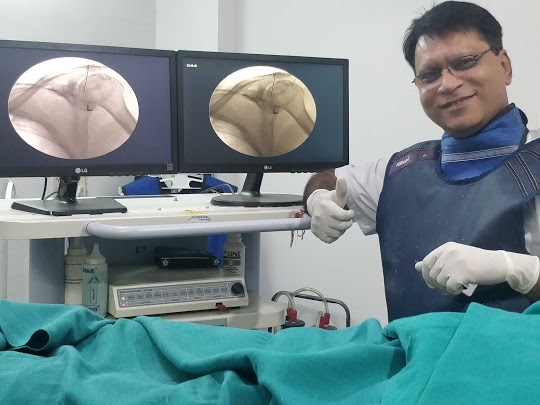



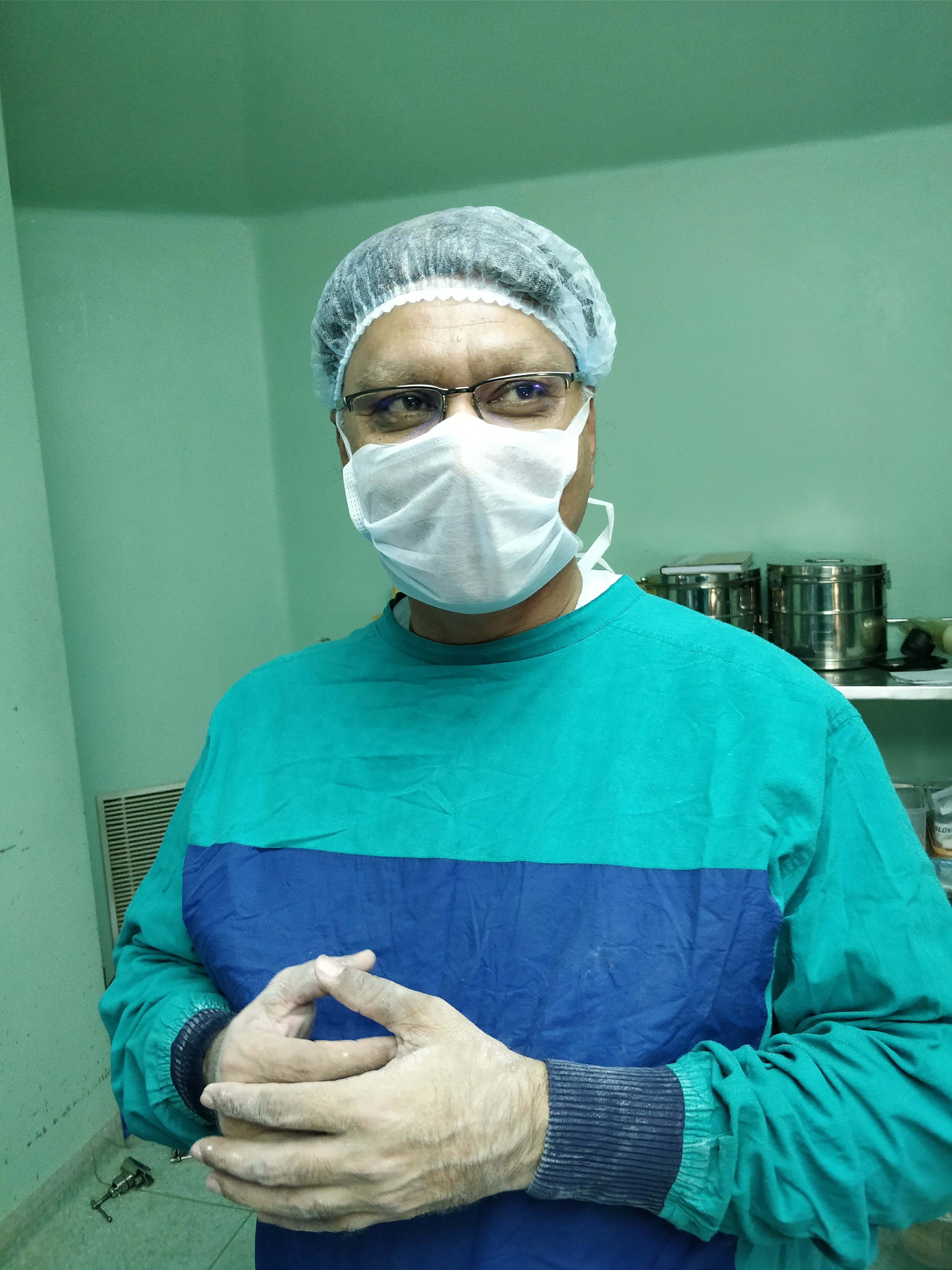
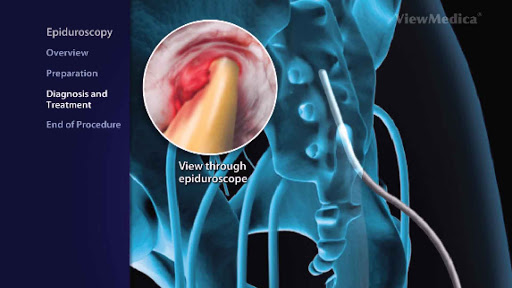

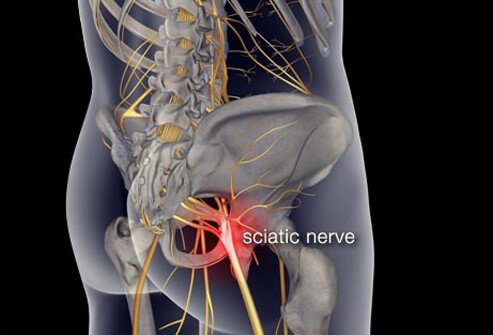






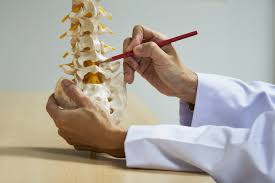
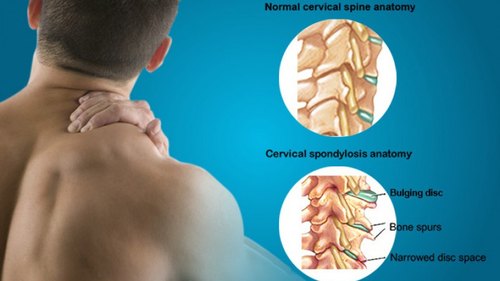
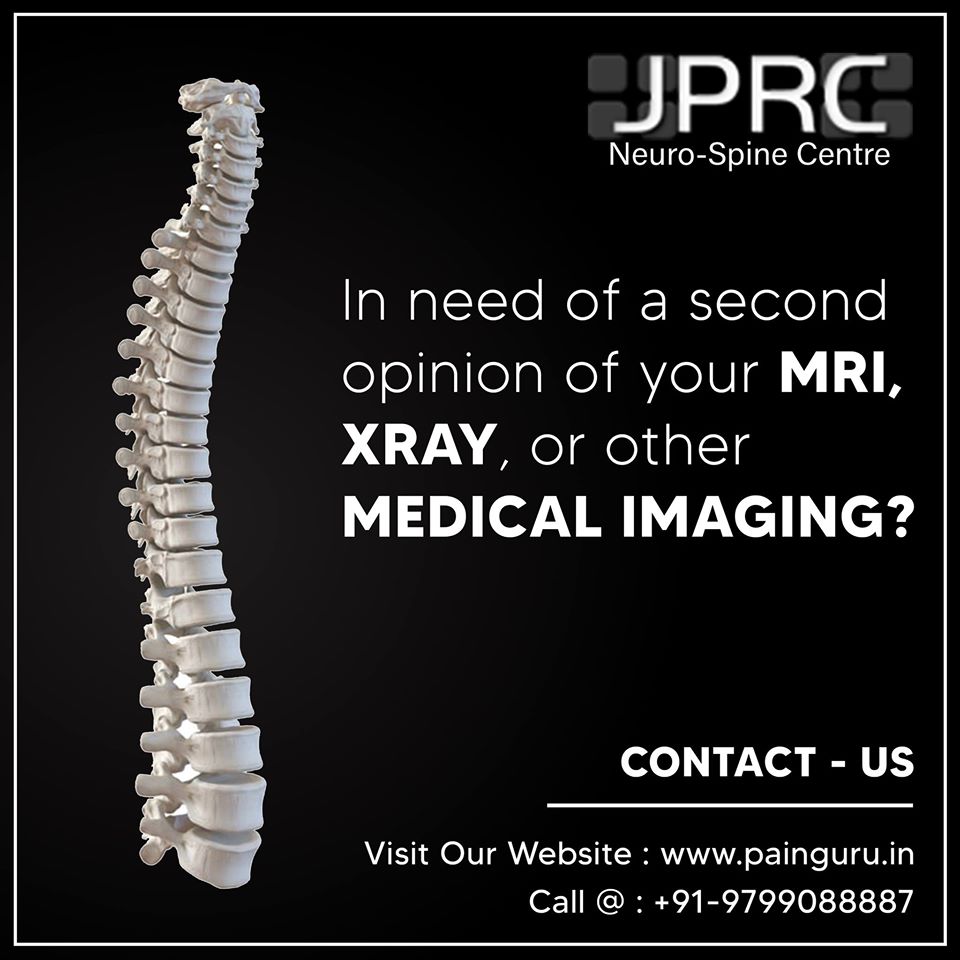






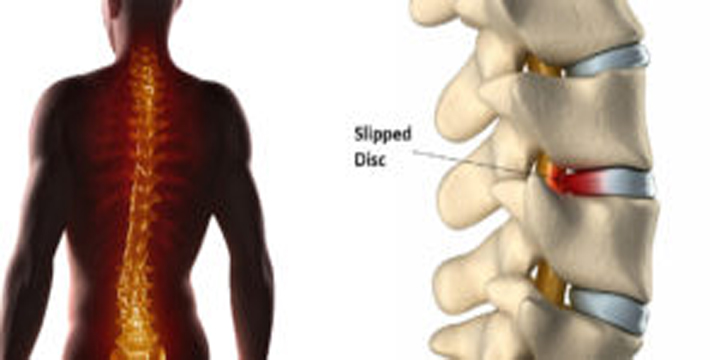
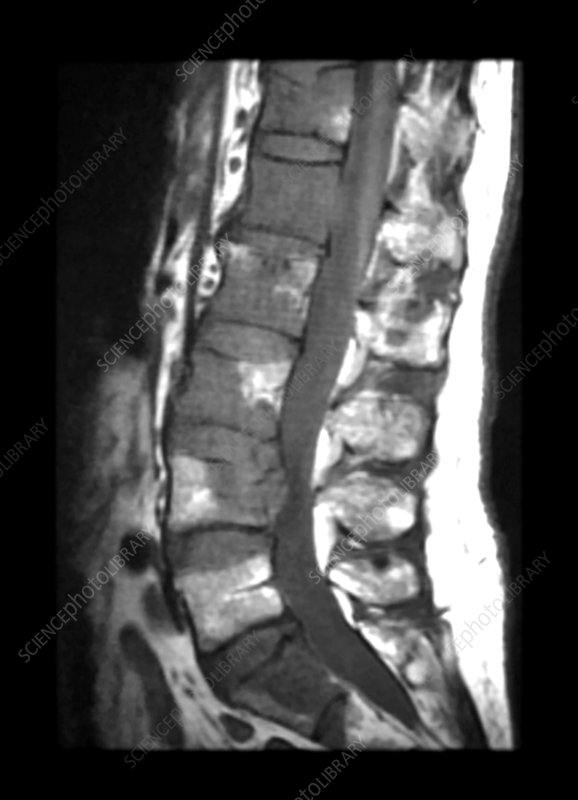




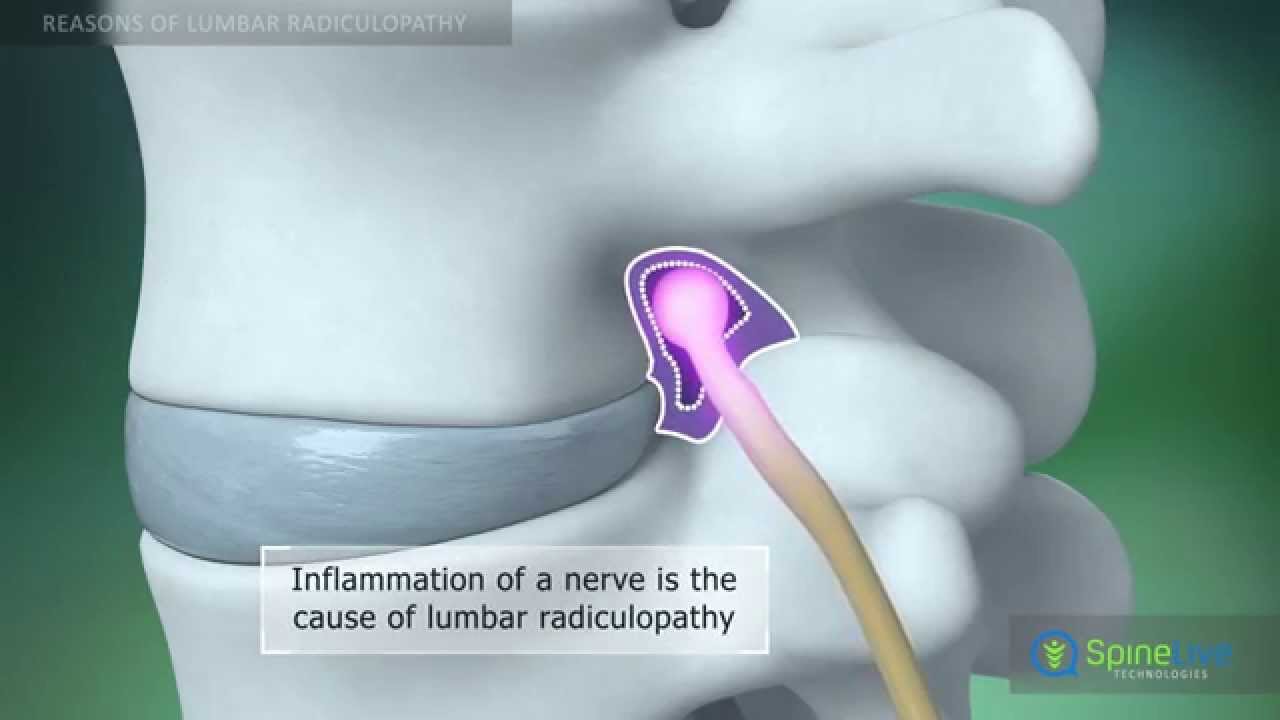
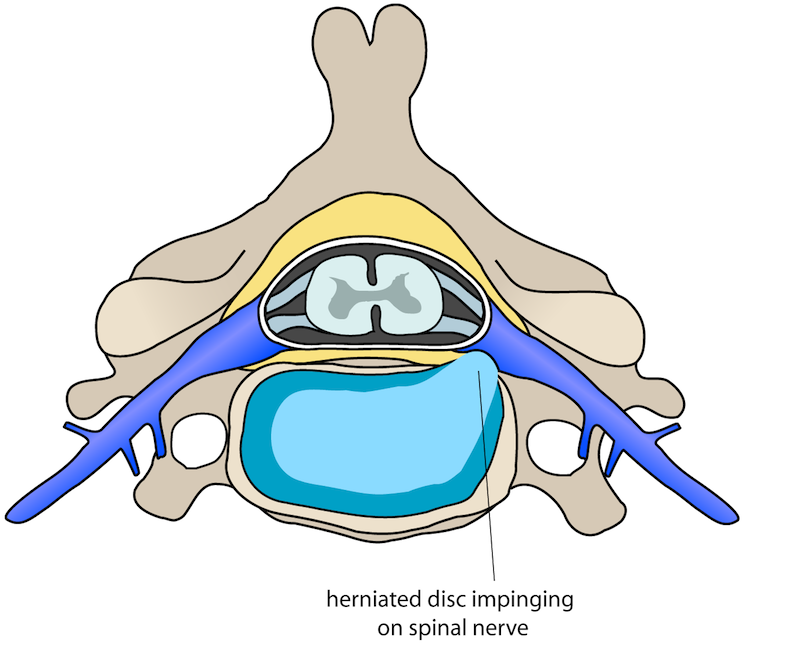
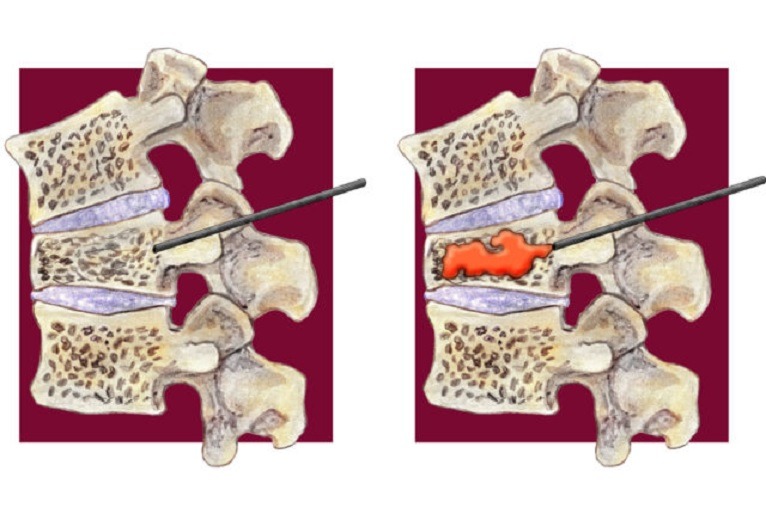












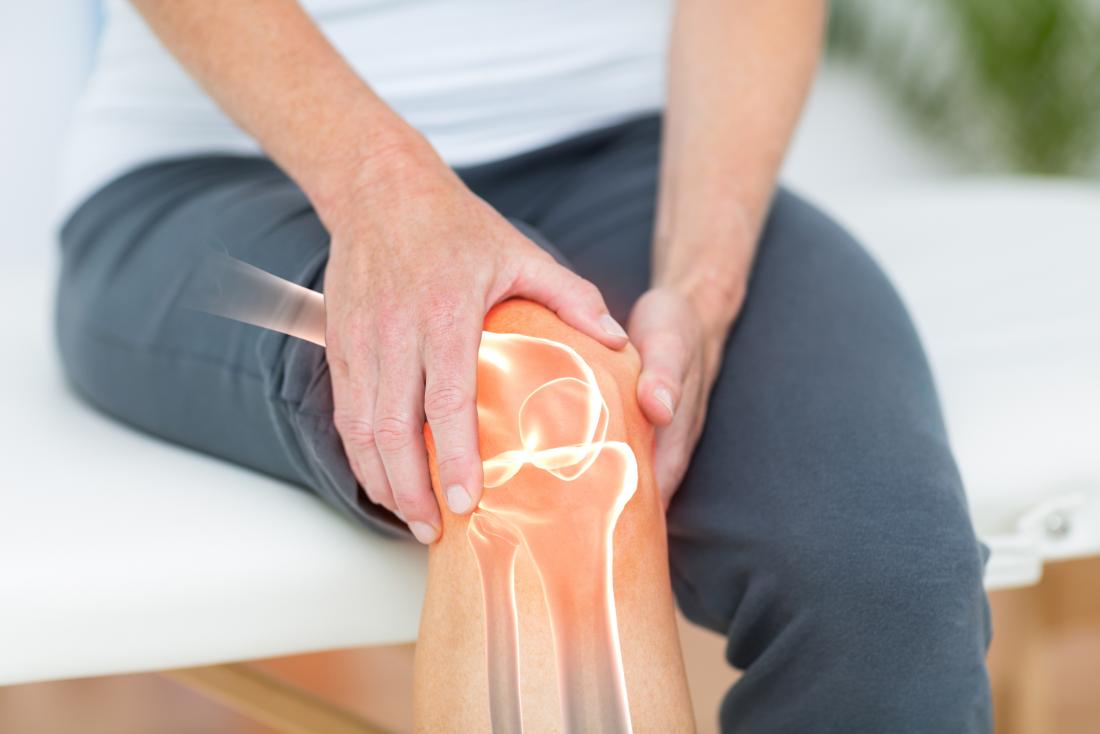
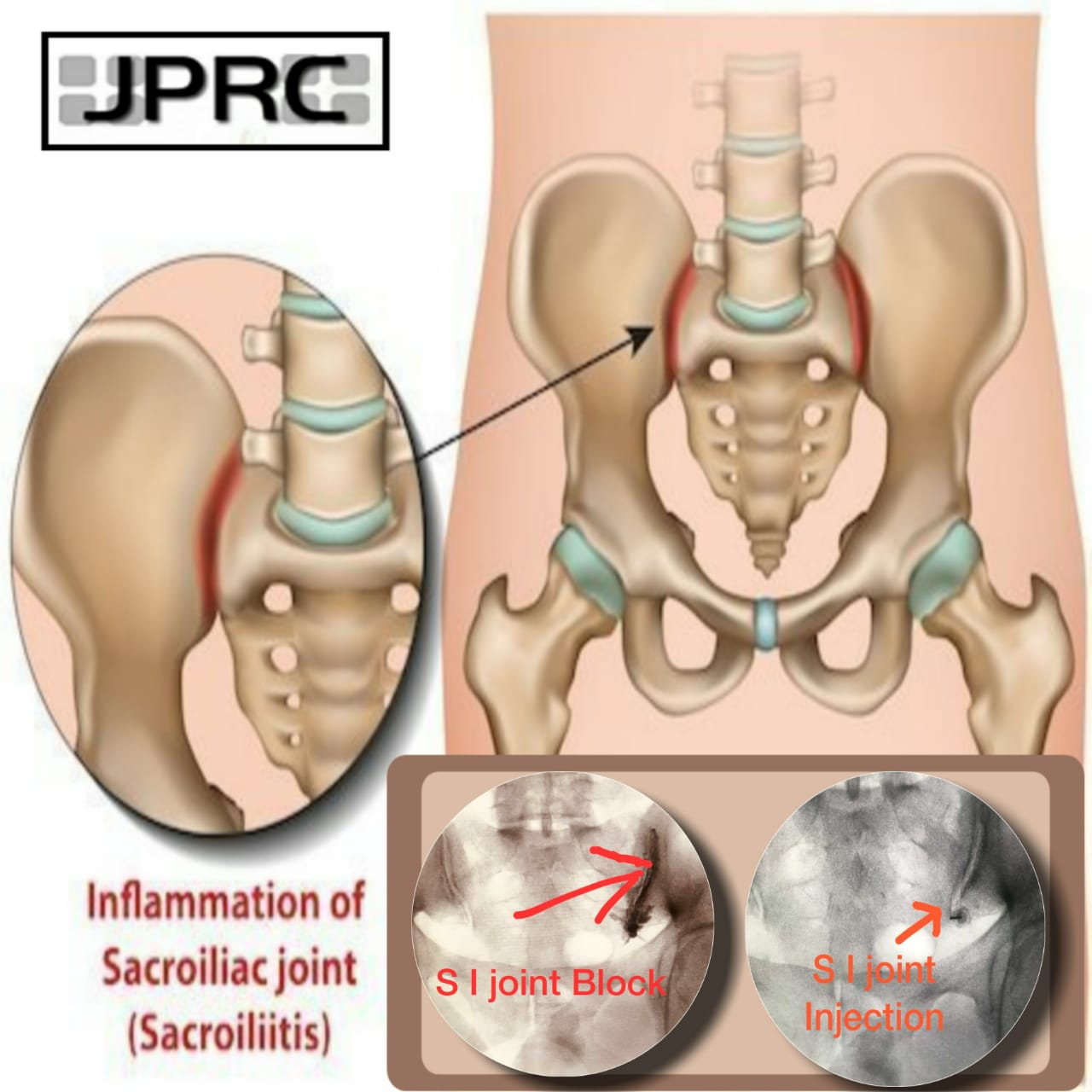





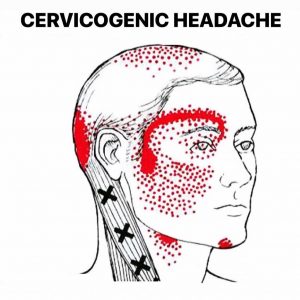




.jpg)




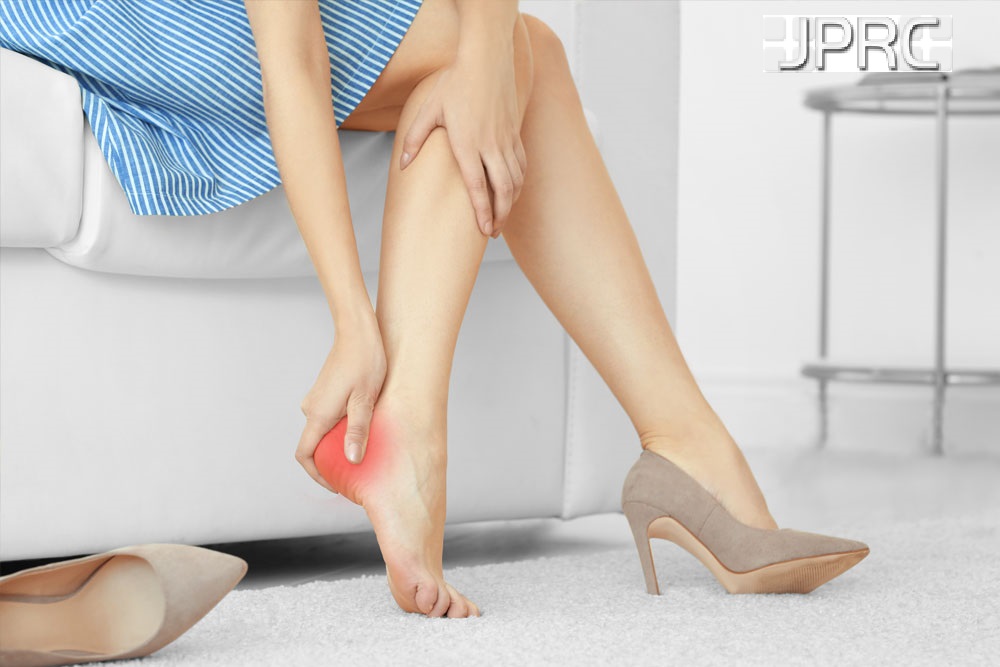

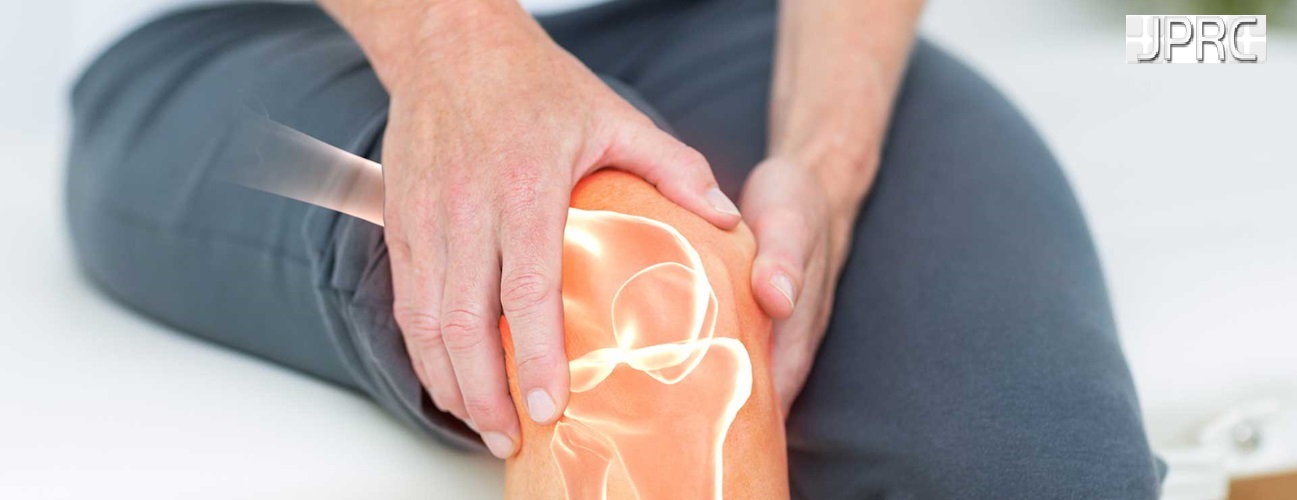

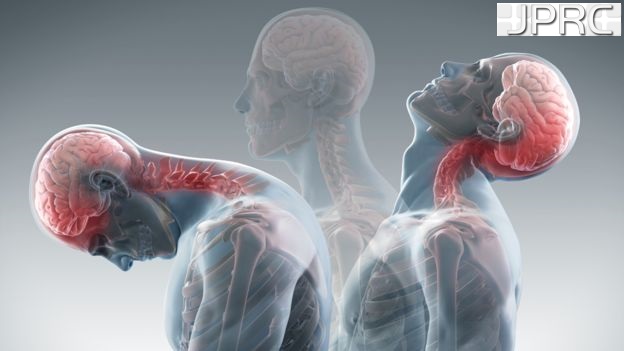


_Injection_Description_in_Hindi.jpg)
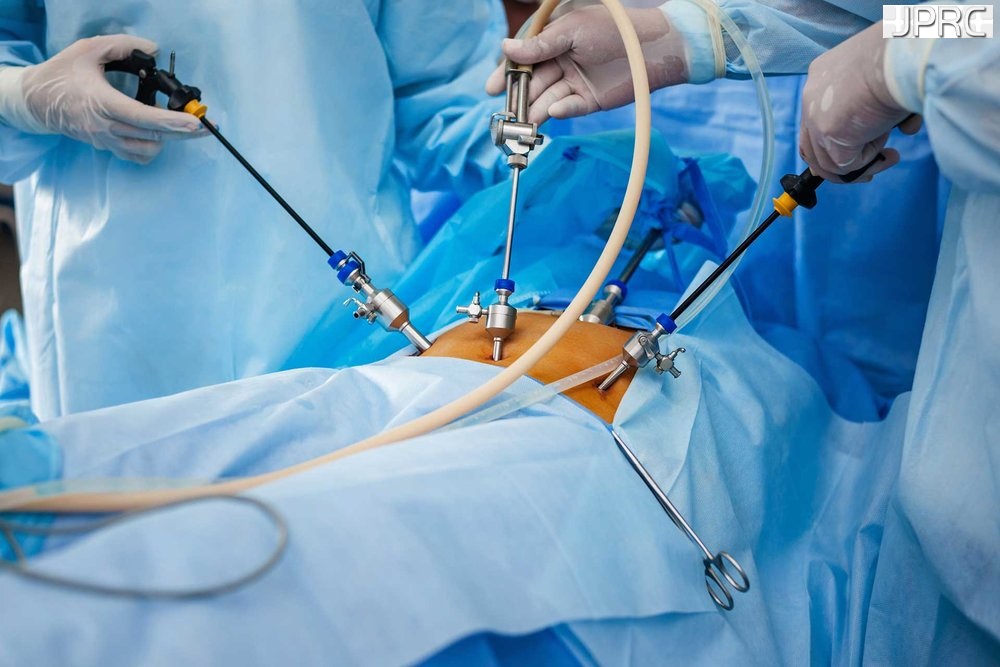

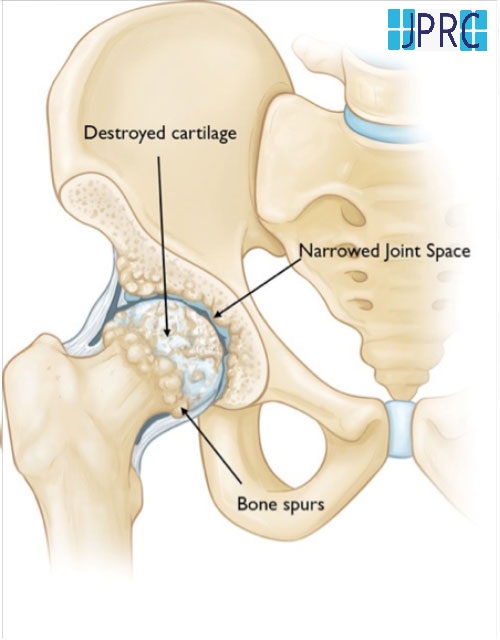



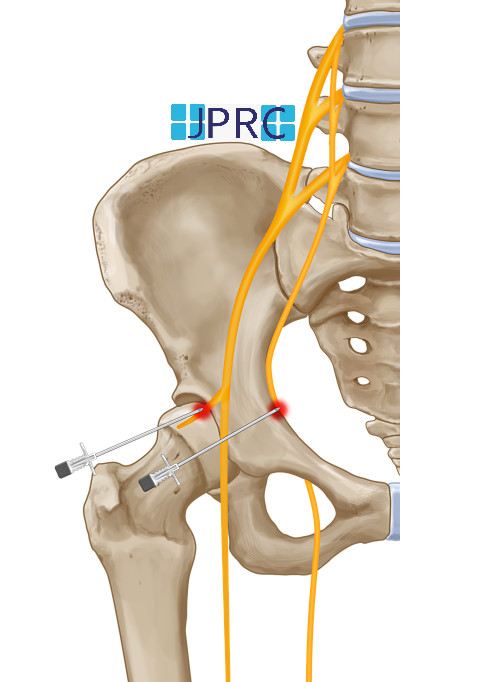


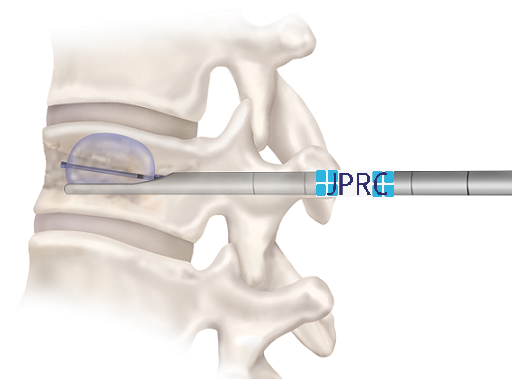





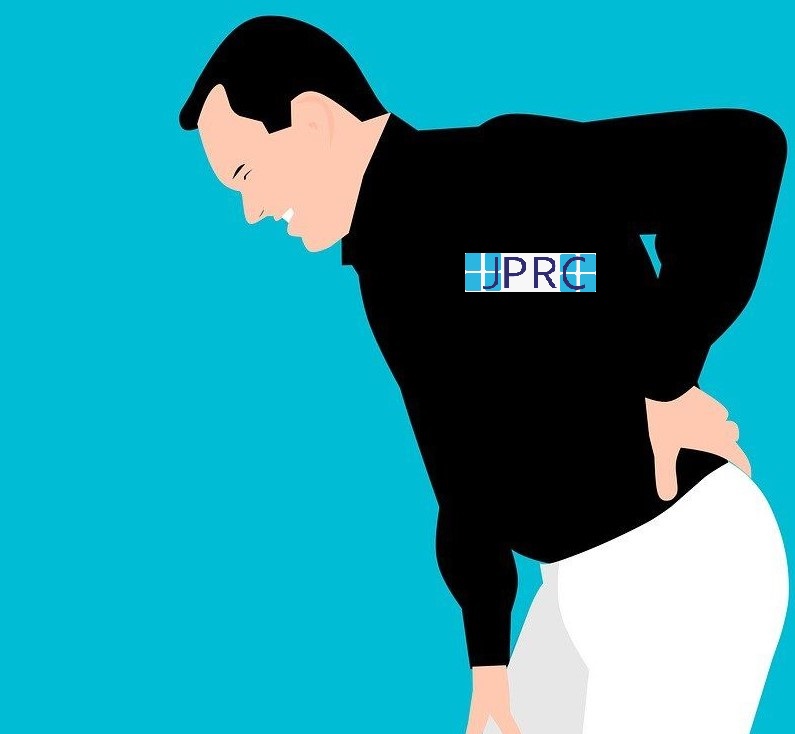
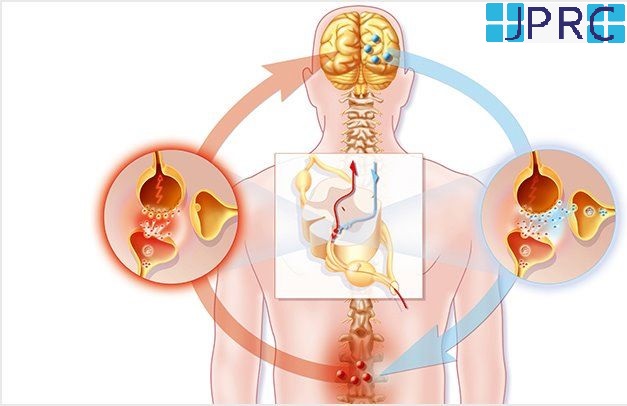


.jpg)
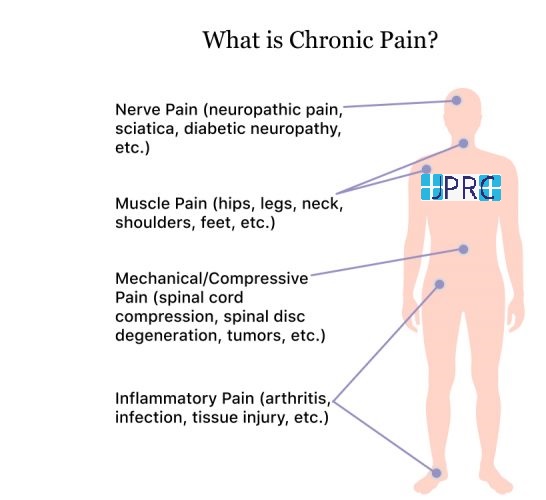


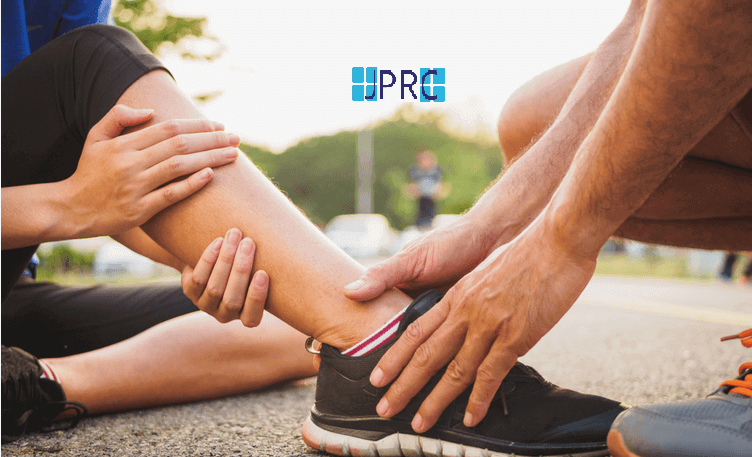
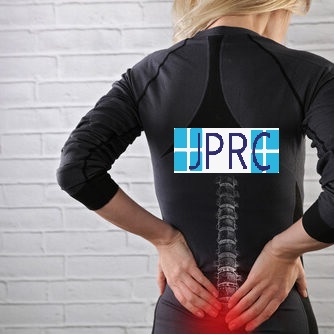




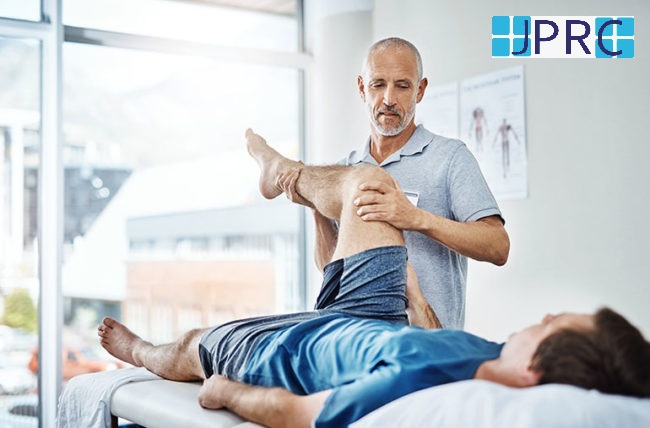
.jpg)




.jpg)
.jpg)
.jpg)


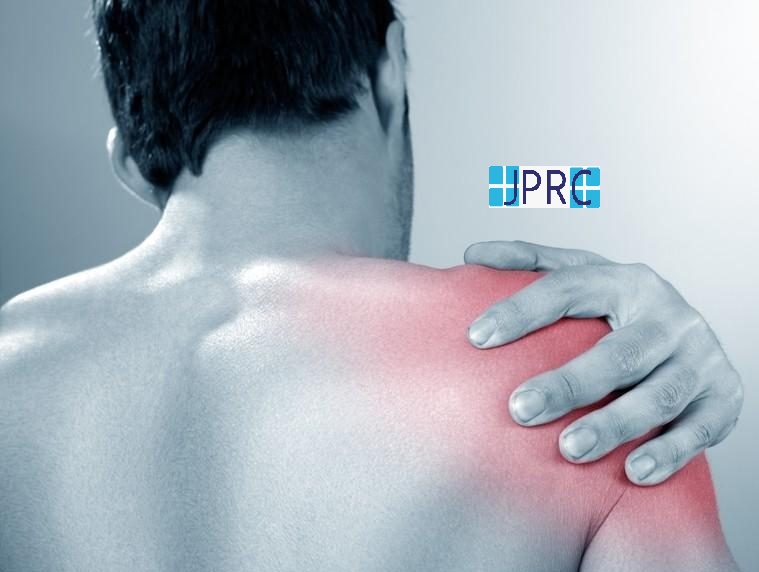
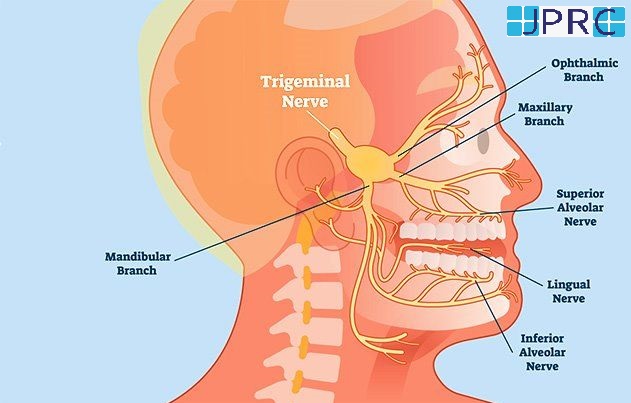



.jpg)
.jpg)
.jpg)
.jpg)
.jpg)
.jpg)
.jpg)
.jpg)
.jpg)
.jpg)
.jpg)
.jpg)
.jpg)
.jpg)
.jpg)
.jpg)
.jpg)
.jpg)
.jpg)
.jpg)
.jpg)
.jpg)






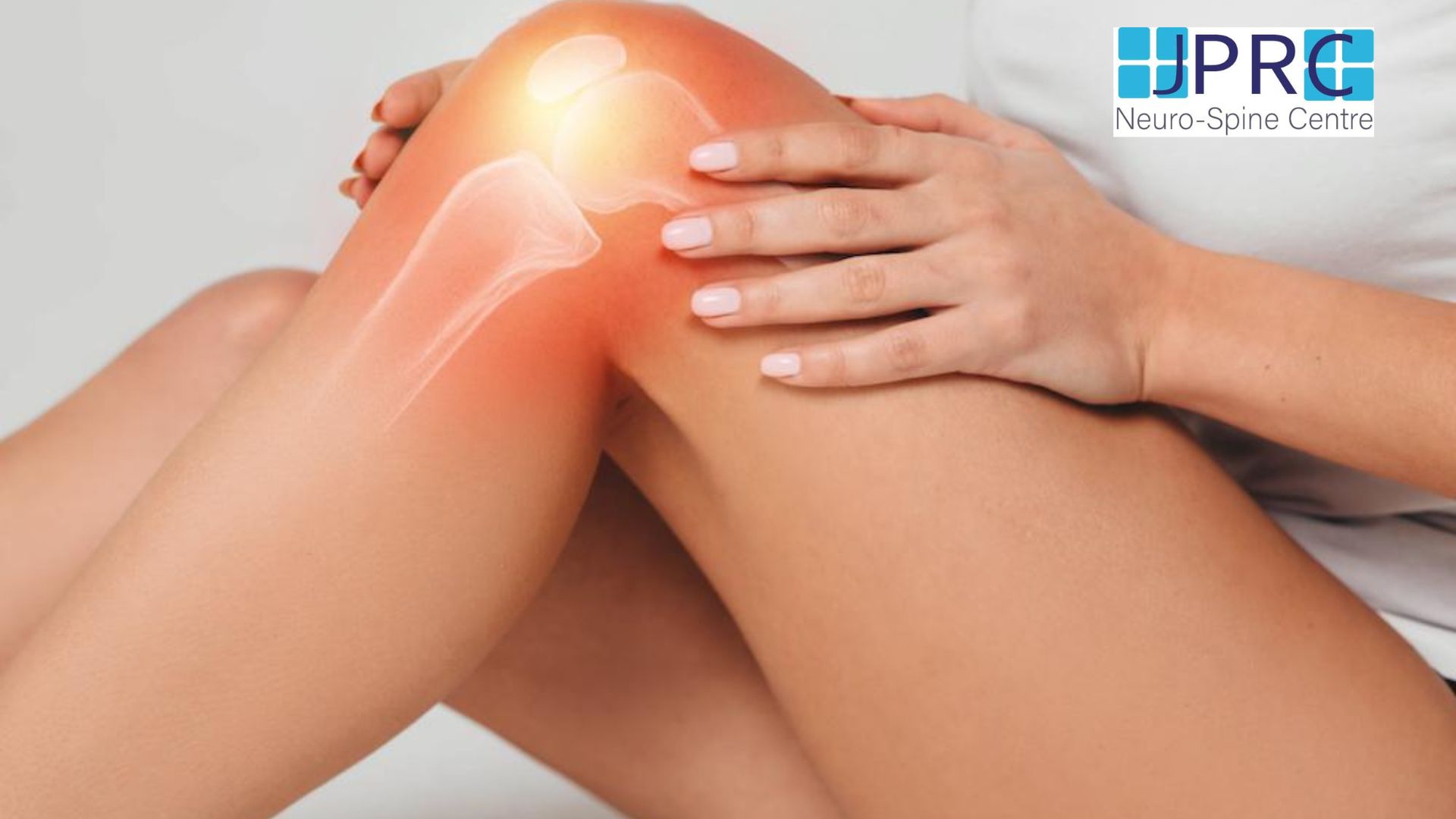

1.jpg)
1.jpg)
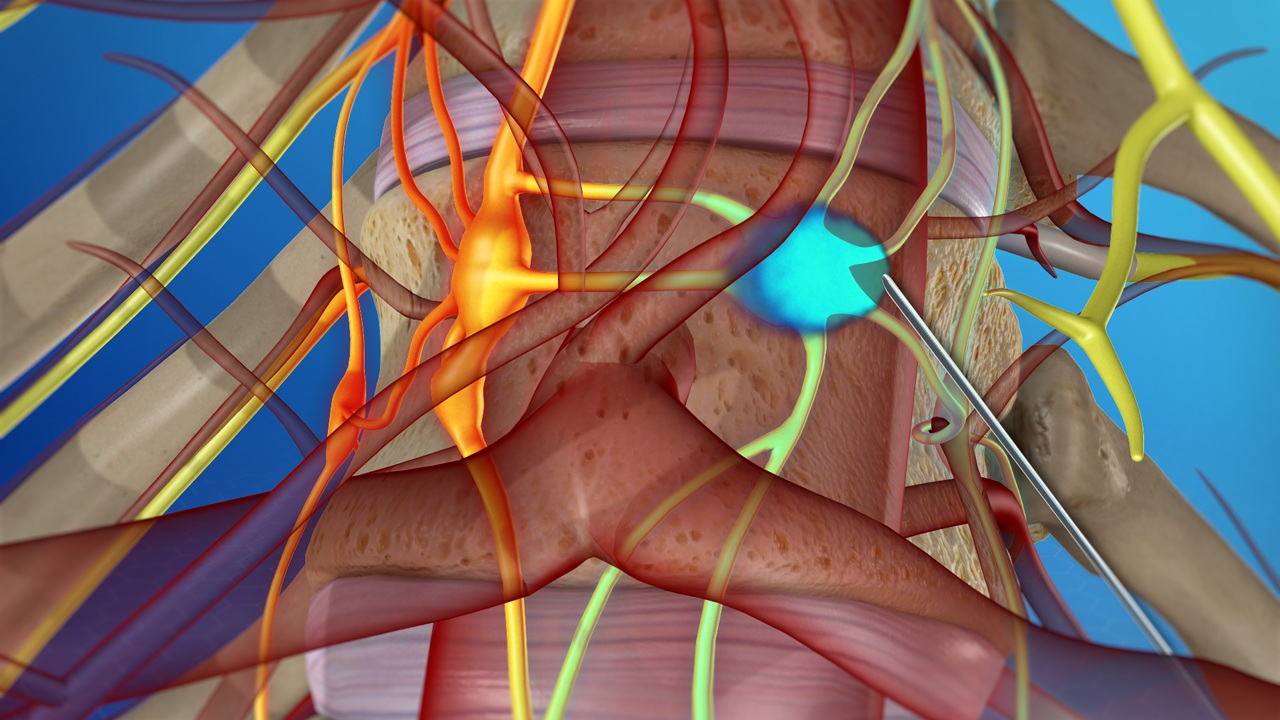
1.jpg)
1.jpg)
1.jpg)
1.jpg)
1.jpg)






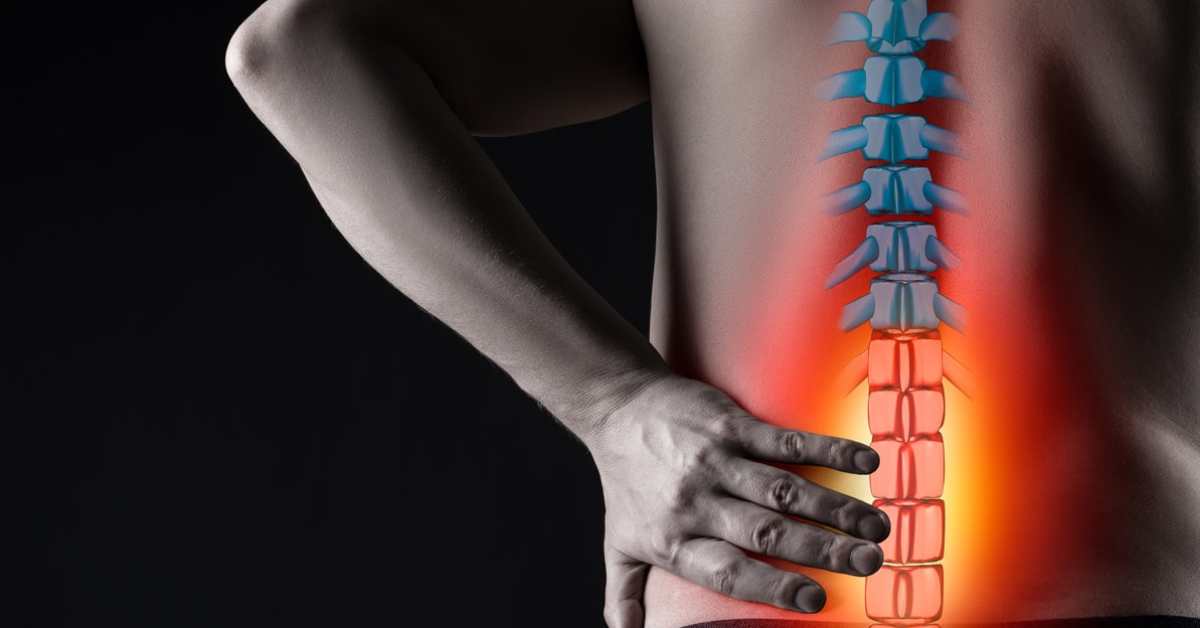


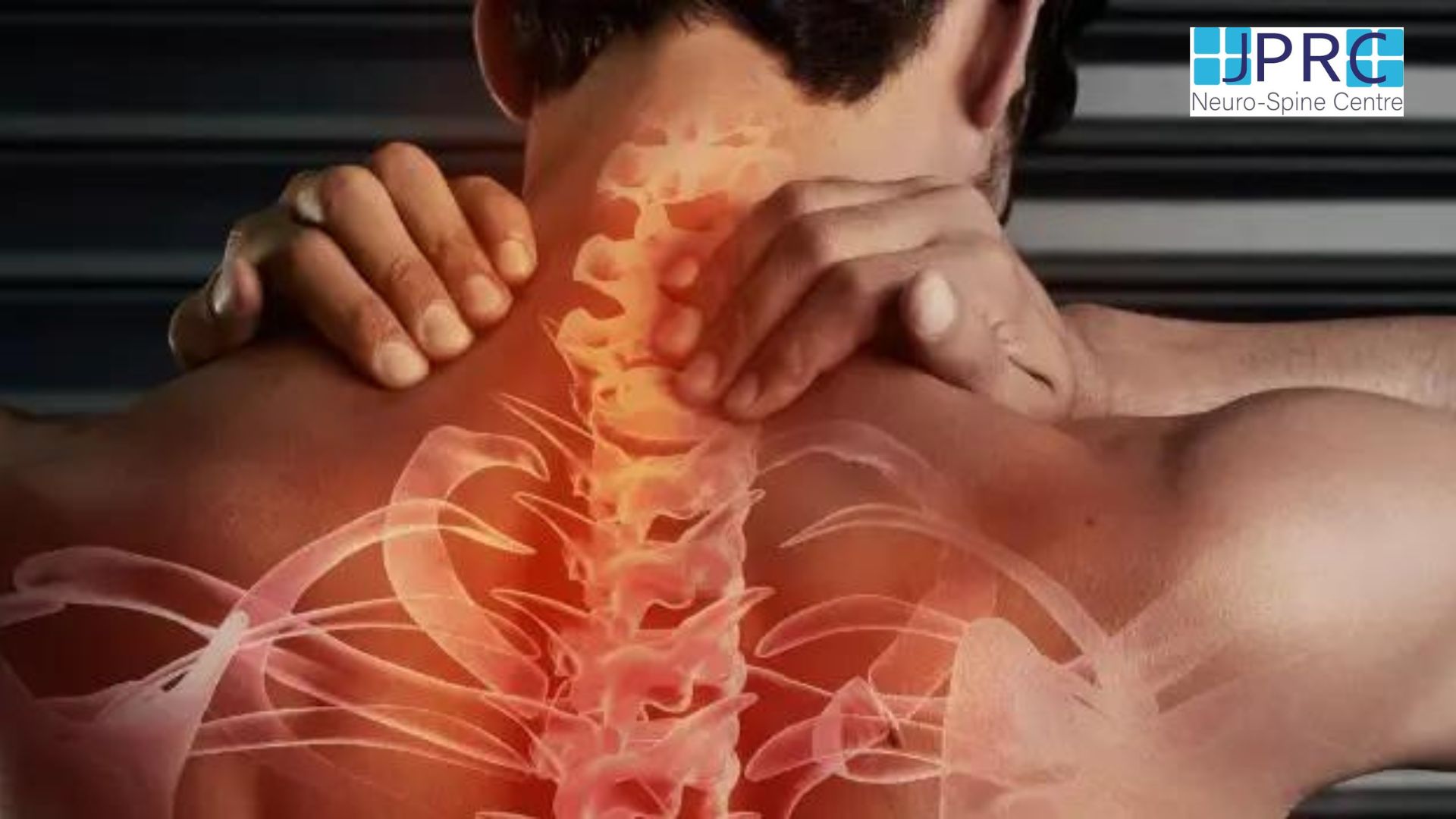
2.jpg)
3.jpg)

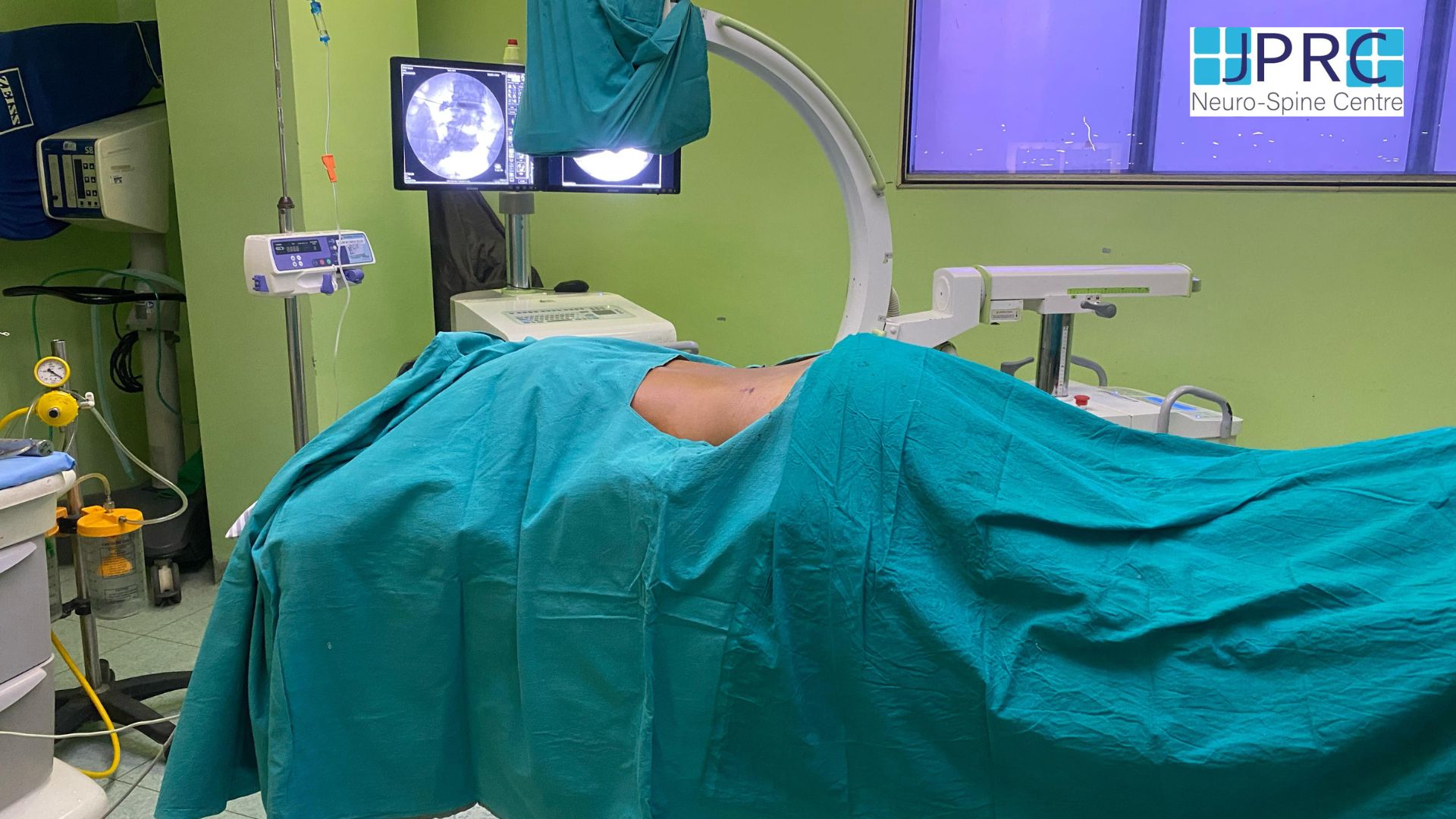
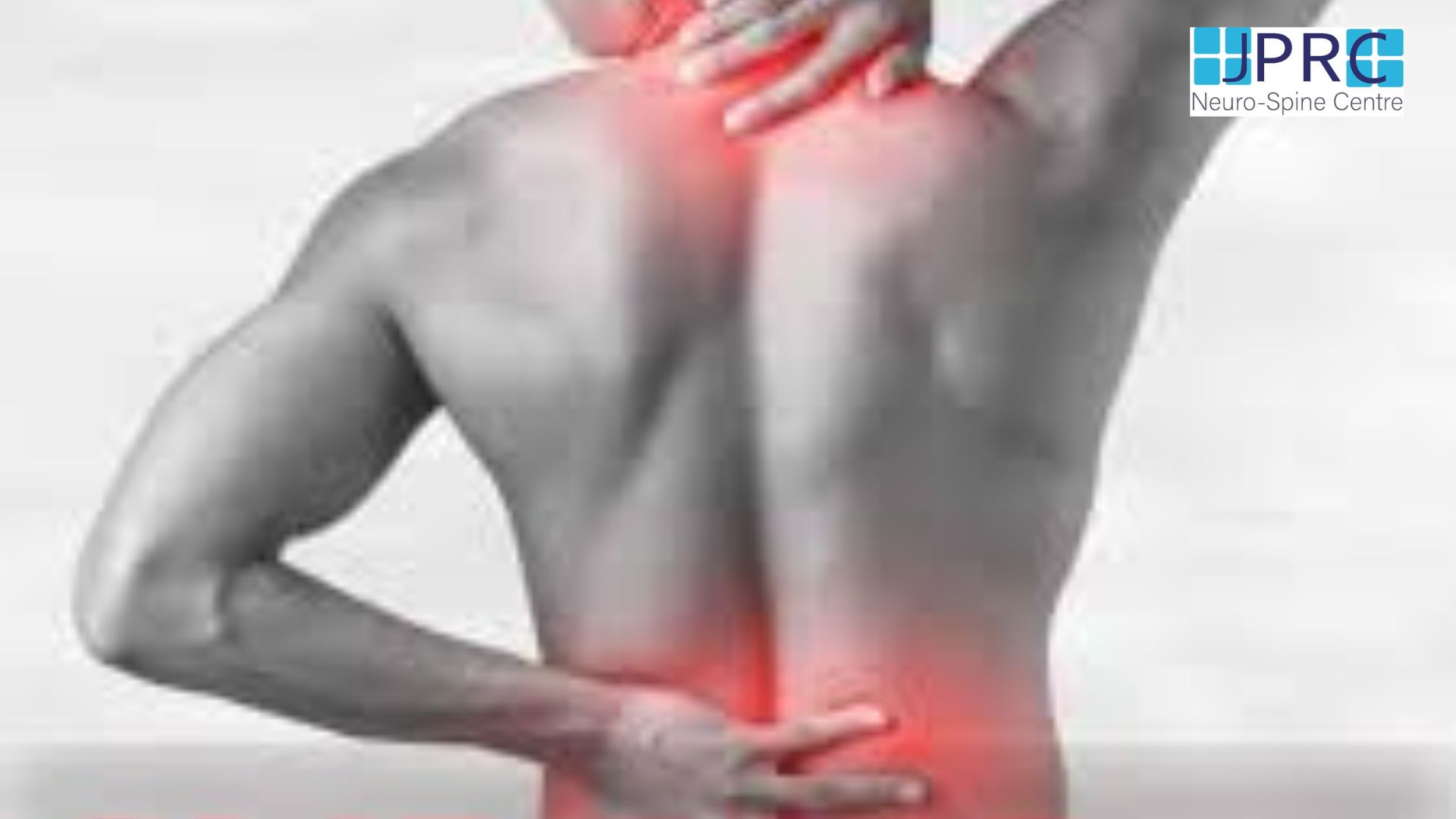
4.jpg)
1.jpg)
2.jpg)
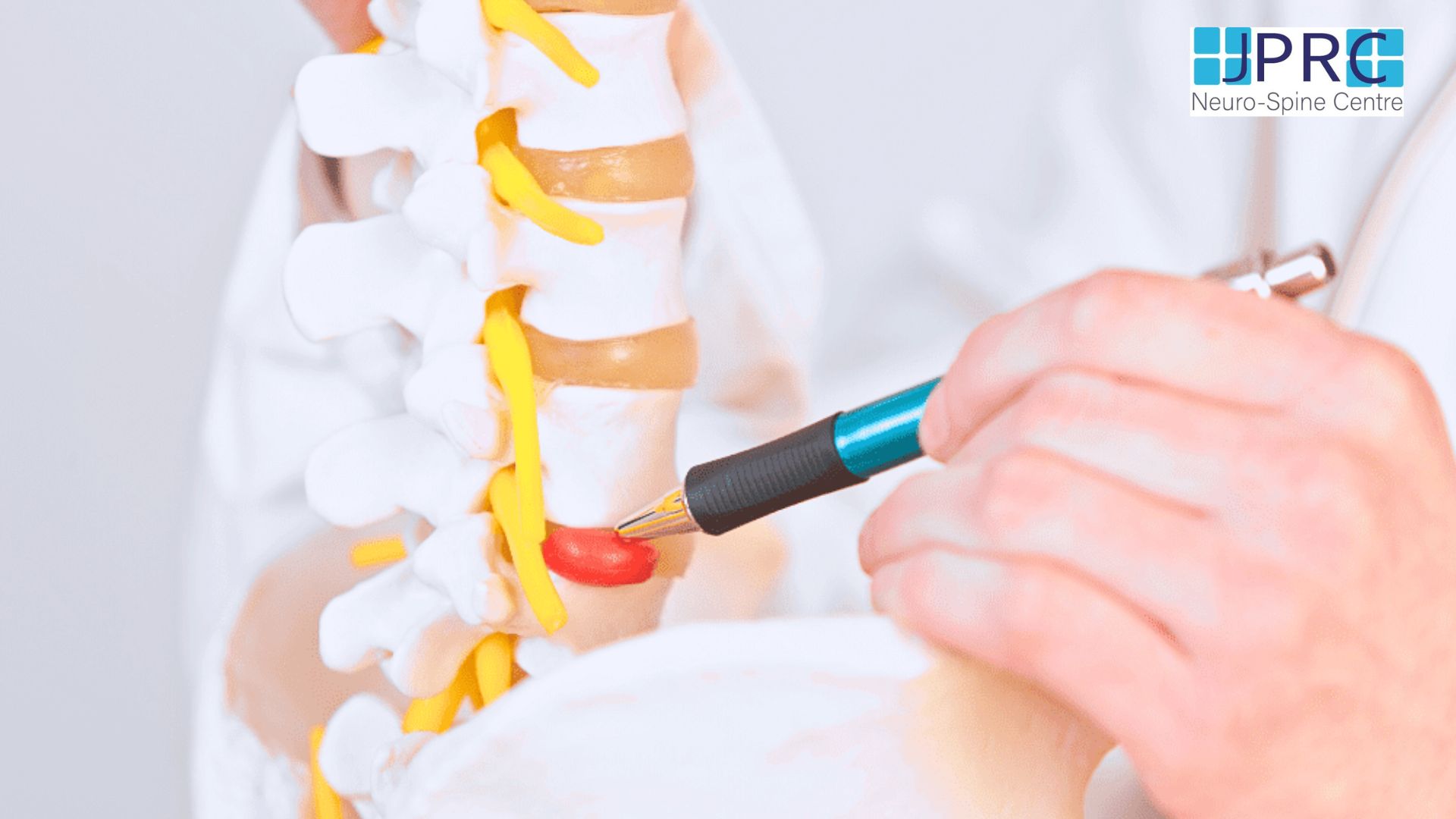
5.jpg)

6.jpg)
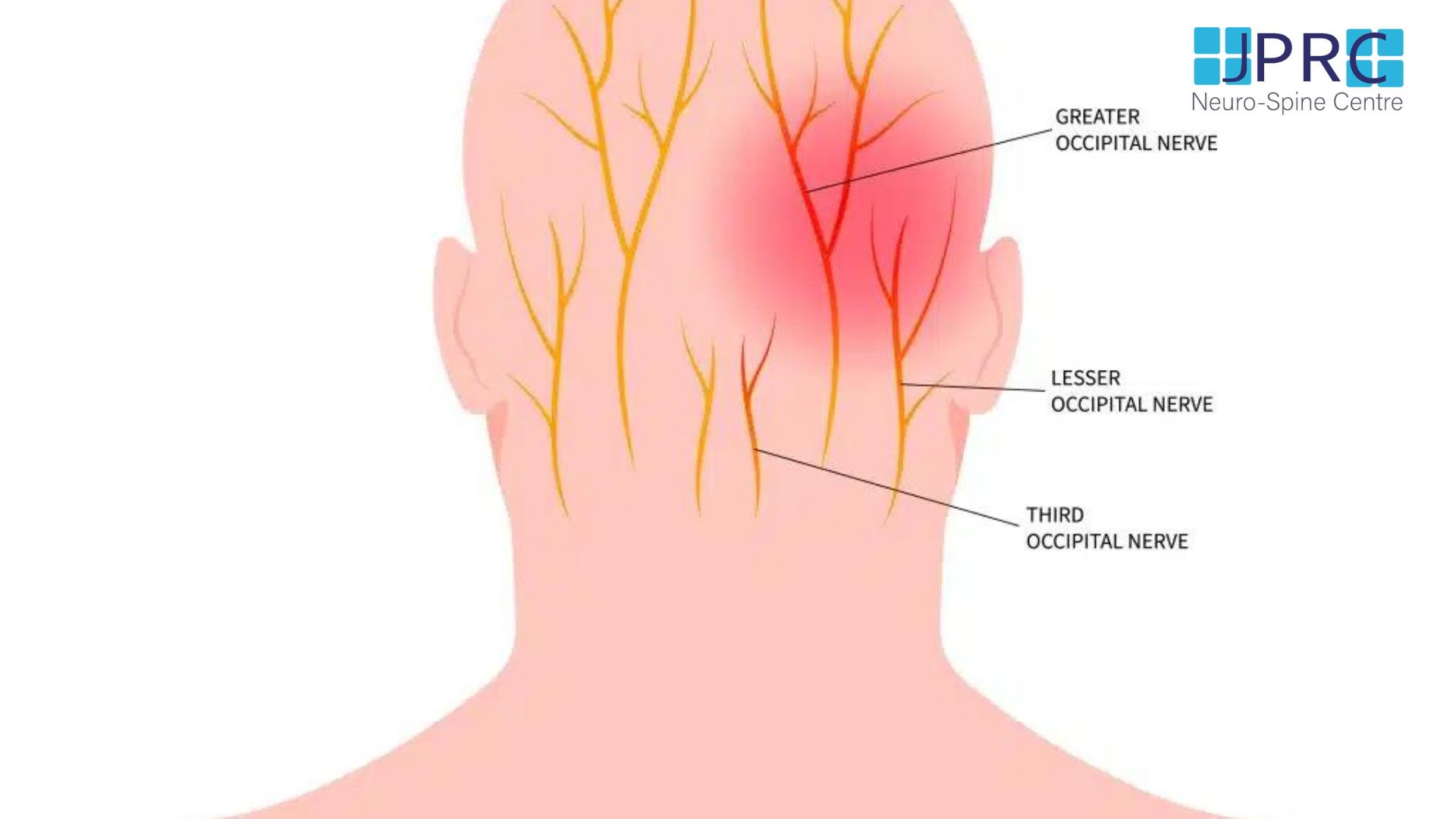
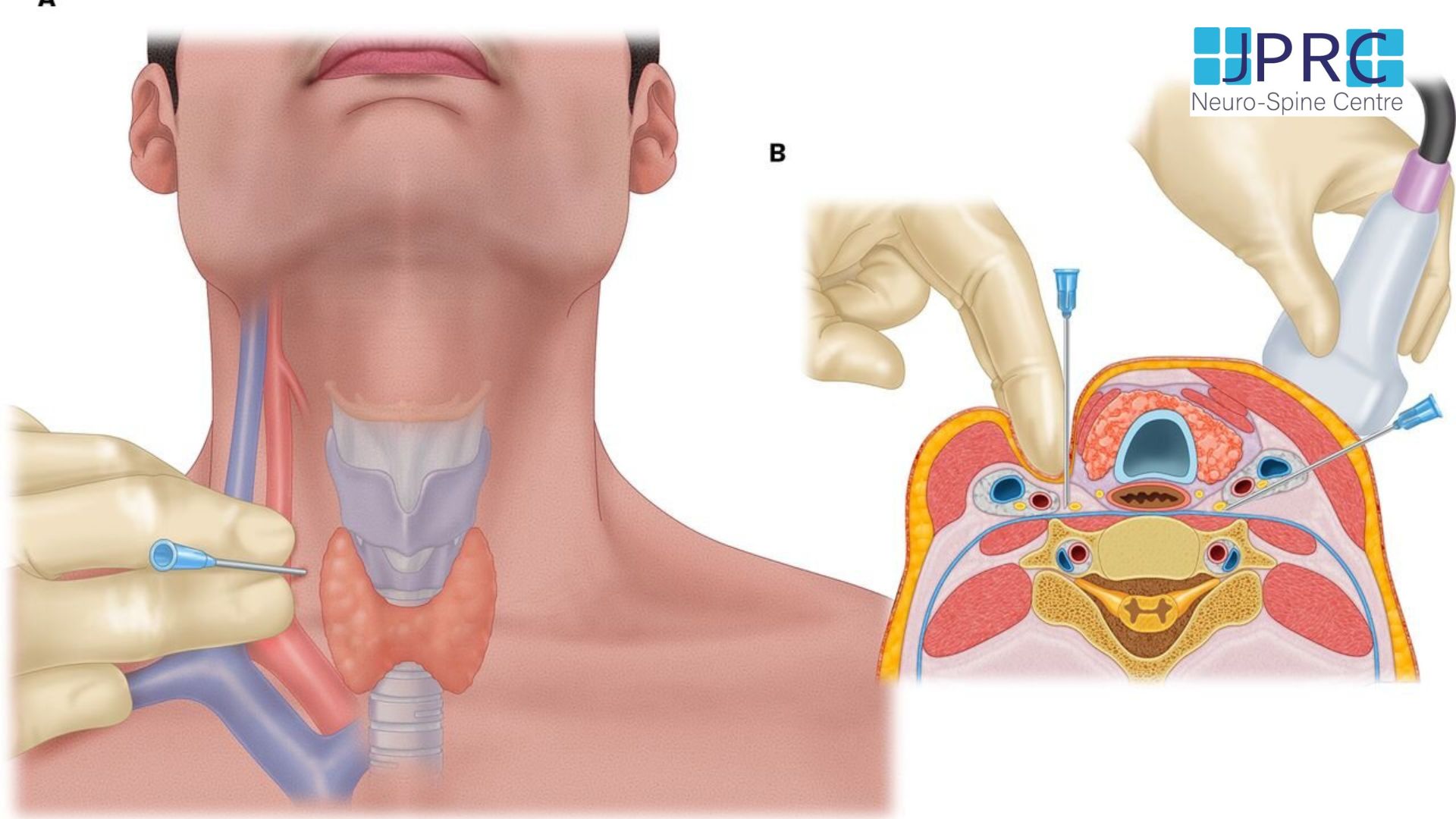


7.jpg)
2.jpg)

8.jpg)

9.jpg)
3.jpg)

10.jpg)

11.jpg)


12.jpg)
4.jpg)


























